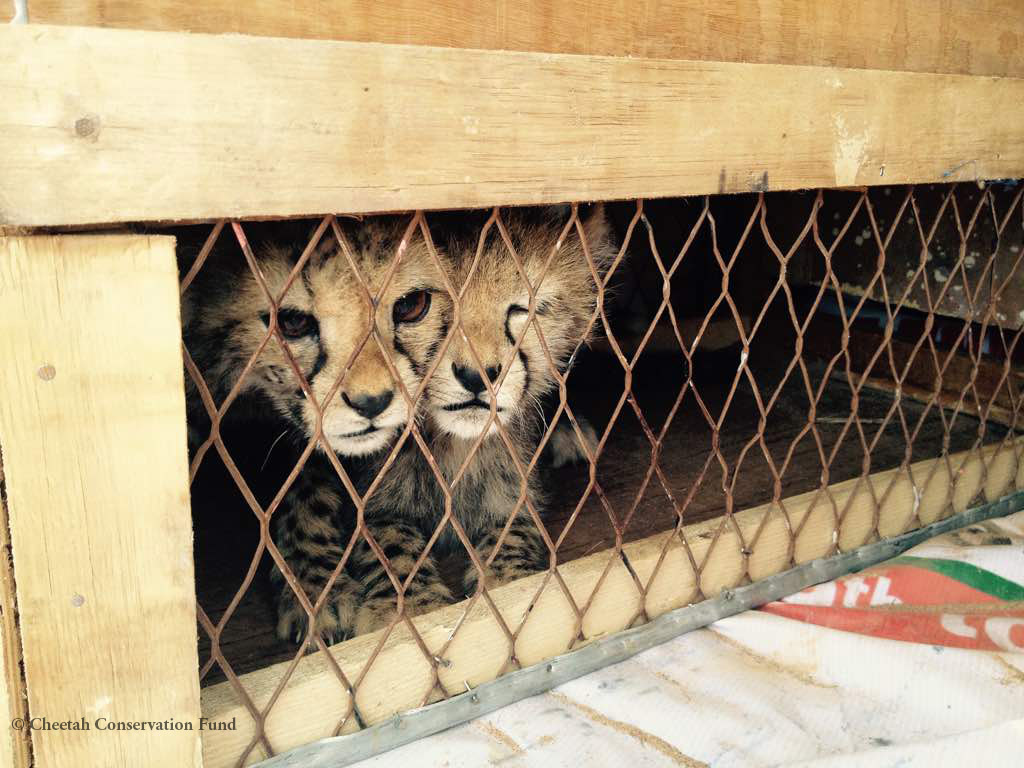Disrupting Wildlife Cybercrime – Global
Wildlife crime is a matter of supply and demandcurbing the destructive trade of wildlife online starts with more government action
curbing the destructive trade of wildlife online starts with more government action

Since the advent of online marketplaces, the illegal trade of wildlife over the internet has become a huge part of the market for wildlife products and exotic pets. No longer relegated to back-alley purchases, this illicit market has reaped the same benefits as most other products bought and sold online. As the web has become more accessible and even second-nature to its users, there has been an intense proliferation of the illicit trade in wild animals, bringing with it increased poaching and a resultant decline of imperiled species and their habitats.
In a snapshot of this burgeoning problem, the International Fund for Animal Welfare published a report this week entitled Digital Markets: Wildlife Trafficking Hidden in Plain Sight. The report offers a glimpse of the digital US market for species that are under protection in the US via the Endangered Species Act, or internationally, via CITES. In a 6-week investigation of 34 online marketplaces, the investigation found nearly 1,200 advertisements for almost 2,400 animals, parts, derivatives, or products of protected species. In essence, the illegal wildlife trade flourishes online with an array of products and species ready to be traded between seller and buyer, addressing what appears to be insatiable demand.
Topline findings that warrant attention:
- Elephant ivory (44%), taxidermy and trophies (27%), and live animals sold as exotic pets (19%), accounted for the three most common types of advertisements on the sites
- Elephant ivory advertisements were common despite the implementation of laws and regulations prohibiting the sale of ivory over the last decade. To avoid detection, sellers used code words and other strategies, with 63% of elephant ivory advertisements refraining from using the word “ivory” to describe (and hence, hide) their product
- Over one-quarter (27%) of all advertisements were for trophies and taxidermy products (skins, skulls, claws, or other animal parts primarily for display), half of which were for species only found in the wild outside the US (giraffes, African lions, caracals, and various primate species)
- Live animals to be sold as exotic pets made up 19% of total advertisements, with birds, reptiles and mammals (44%, 40%, and 16% respectively), comprising the bulk of those sold. These live animals also tended to be of higher value, with nearly three fourths of the 34 advertisements for protected wildlife species valued at USD 10,000 or higher
- 34% of the advertisements incorrectly, and likely knowingly, claimed their product was somehow exempt from national and/or international regulations.
These figures indicate the rampant trade that continues as well as the loopholes that easily allow online traders to circumvent restrictions. From elephants and lions to additional species including birds, turtles, and tortoises, the loss of wildlife from illegal trade is devastating a huge range of species that need conservation action. This trade in wildlife ultimately not only damages ecosystems, but also puts our health at risk largely due to the threat of zoonotic disease, where pathogens jump from animals to humans. The primary risk factor for zoonotic disease spillover to people is sustained contact with wild animals, especially those kept in stressful, insanitary and inhumane conditions. These are principal characteristics found in the live wildlife trade and often cited as the origin of COVD-19 and other deadly diseases such as HIV and SARS.
Action needed by government and social platforms
So what action can we take to stop this? Well, here’s what the US government can do—immediately. They should prioritize wildlife trafficking in new legislation, closing loopholes in existing policy. This should be coupled with Congress granting enforcement entities the funding, capacity, and authority to enforce wildlife laws. Simultaneously, whistleblower programs should be developed to encourage and incentivize the reporting of online wildlife trafficking by private citizens and government employees.
As for the online marketplace platforms themselves—they should implement policies that do not allow species or products that are illegal to be traded or in any way contribute to wildlife trafficking on their platforms. It is their responsibility to educate their users on wildlife trafficking and improve the clarity of their related polices. Platforms must become far more transparent and proactive in addressing the issue of wildlife trade. Doing so will ultimately tap into consumer consciousness and potentially drive greater loyalty to the platform itself if that platform is behaving responsibly.
Ultimately, it becomes an issue of addressing demand—the question is who is willing to drive that fundamental change. Without all components playing an active role—governments, online platforms, and consumers themselves—we will continue to put wildlife as well as ourselves, in continued jeopardy.
-Mark Hofberg, Campaigns Officer, IFAW
Related content
Our work can’t get done without you. Please give what you can to help animals thrive.